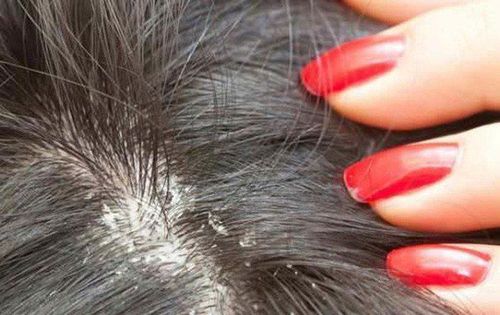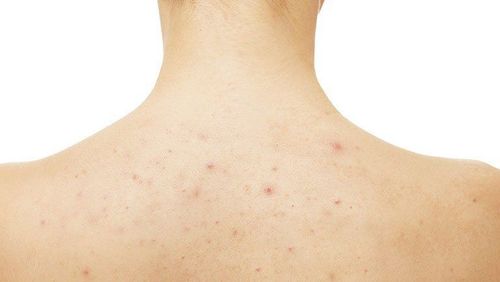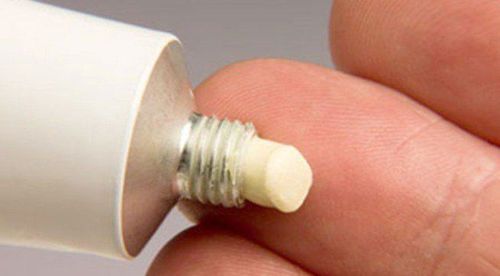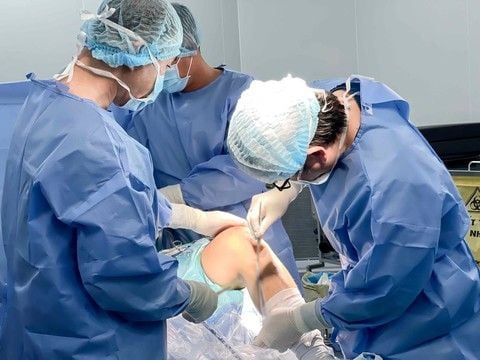Many people exhibit contact dermatitis symptoms after being stung by the rove beetle, such as itching, blisters, skin ulceration, or pain and burning sensations… Therefore, everyone needs to be cautious of this type of insect.
1. Rove beetles and their dermatitis toxicity
1.1 Overview of the rove beetle
The scientific name for the rove beetle is Paederus fuscipes curtis, belonging to the order Coleoptera, family Staphylinidae (beetles). This insect has a slender body resembling a grain of rice, measuring approximately 1 - 1.2 cm in length and about 2 - 3 mm in width, with red and black colors similar to an ant. It is also known as “lác” ant, gold ant, rice ant, curved ant, and other names. The rove beetle has three pairs of legs, a segmented abdomen, hardened wings and can run and fly quickly.
Rove beetles have existed in our country for a long time. They often inhabit fields, gardens, under trees in forest margins, along stream banks, or in places with waste and construction sites. This type of beetle to appear and multiply at the beginning of the rainy season when humidity is high. They are attracted to lights at night, thus often flying into homes when lights are on.
1.2 Toxicity of the rove beetle causing contact dermatitis
Within the rove beetle's body, there is a toxin called pederin (also known as cantharidin, which belongs to the alkaloid type), which protects the beetle's eggs from being attacked or eaten by other creatures. The rove beetle often flies into homes, landing on clothes, towels, beds, or blankets… When human skin comes into contact with their secretions through these items or accidentally crushes the beetles, the toxin is released and adheres to the skin, causing irritant dermatitis. If the individual does not wash their hands immediately, the pederin toxin can inadvertently spread to other parts of the body, causing widespread dermatitis.
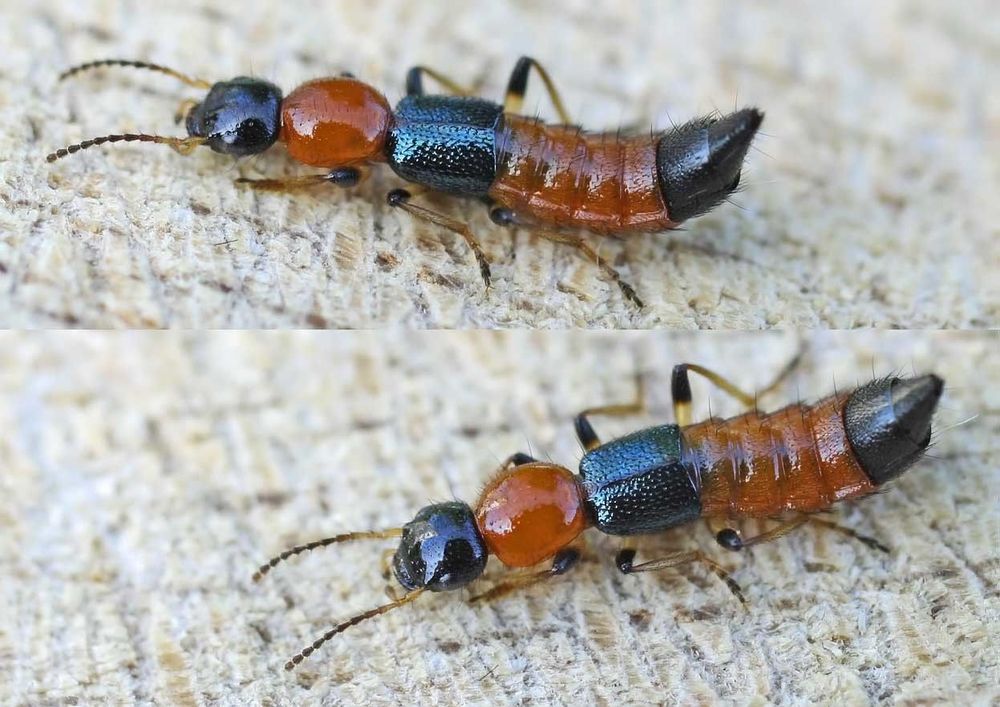
2. Symptoms of Dermatitis from rove beetles
If one is stung by a rove beetle or comes into contact with their secretions causing dermatitis, the affected skin area is usually found on the neck, face, back, or arms and legs. The condition often manifests in the morning after waking up. The severity of skin inflammation can range from mild to severe, depending on the amount of pederin toxin present from the beetle's exposure to the skin. Specific symptoms include:
- Red streaks with a slightly raised base along the red streak, measuring about 1 - 5 cm in length and 3 - 10 mm in width, with blisters in the center that feel burning;
- Some individuals may experience fever, discomfort, fatigue, and swollen lymph nodes corresponding to the damaged area;
- If pederin comes into contact with the eyes, it can cause swelling of the eyelids, burns to the eyes, conjunctiva, cornea, or retina…;
- Extensive skin damage can result in fever, nerve pain, joint pain, nausea;
- Some individuals may have symmetrical lesions on both groins or underarm areas.
If not treated promptly, the infection can progress to ulceration. The ulcers can take on various shapes, and over time, the blisters will crust over and dry out. When the crusts fall off, they may leave dark spots on the skin.
3. Treatment for Contact Dermatitis from rove beetles
Treatment for dermatitis due to rove beetles primarily includes:
- Washing the affected area with saline solution or clean water to help neutralize the burning chemical caused by the insect;
- Using soothing and mild antiseptic solutions like zinc oxide, Jarish solution, or antibiotic ointments;
- If there is a significant amount of pus and pain, patients may consider taking antibiotics, antihistamines, pain relievers, or topical corticosteroids;
- In mild cases, individuals can recover without any treatment.
Note:
Many patients suffering from contact dermatitis due to rove beetles have attempted self-medication using folk remedies such as applying leaves or using water from ground rice and mung beans, or purchasing medication for shingles (as they have similar burning and blistering symptoms). There have been cases where applying acyclovir to allergic lesions has caused skin ulcers and severe skin damage, requiring hospitalization. This is particularly dangerous for young children as their skin is fragile and easily harmed.
If the skin affected by a rove beetle sting is blistered or ulcerated, it is advised to seek immediate medical attention for appropriate evaluation and medication rather than self-medicating. Many topical treatments contain corticosteroids and detoxifying agents, so a doctor's prescription is necessary. With correct treatment, recovery can occur within a week. Delayed or incorrect treatment may cause widespread lesions, making it difficult and time-consuming to heal.
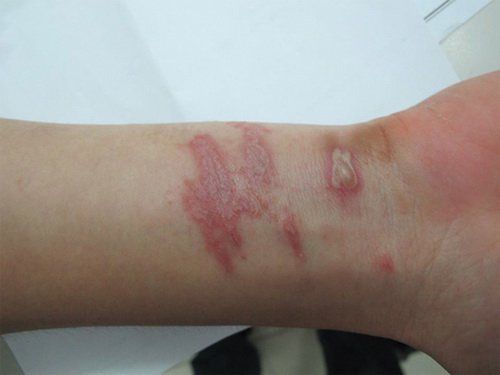
4. How to prevent contact with rove beetles?
To prevent contact dermatitis from rove beetles, it is essential to minimize exposure to this insect by:
- Installing window screens or closing windows whenever it rains in the late afternoon and being cautious while working under lights;
- Cleaning up debris and keeping areas tidy to eliminate potential habitats for rove beetles.
- When working under lights, avoid reflexively swatting if you feel insects landing on your face, neck, etc.;
- In the evening before showering, pay attention to shaking out the face towel before use;
- During the rainy season, avoid insects flying into the house by spraying insect repellent that is safe for users' health;
- Wear long-sleeved clothing when going outside, especially in areas near fields, construction sites, or neighborhoods with many lights;
- If you notice insects, avoid direct contact and find ways to shoo them away to prevent them from touching your skin;
- If you feel a burning sensation on a certain area of skin, you can wash that area with diluted salt water or soap to prevent blisters or pus forms.
Contact dermatitis caused by the rove beetles is a common form of dermatitis that appears seasonally. Although it does not pose a danger to health, this condition can cause discomfort and anxiety for patients. Therefore, everyone should actively take precautions against rove beetles to avoid facing the risk of dermatitis.
Please dial HOTLINE for more information or register for an appointment HERE. Download MyVinmec app to make appointments faster and to manage your bookings easily.
To arrange an appointment, please call HOTLINE or make your reservation directly HERE. You may also download the MyVinmec app to schedule appointments faster and manage your reservations more conveniently.
